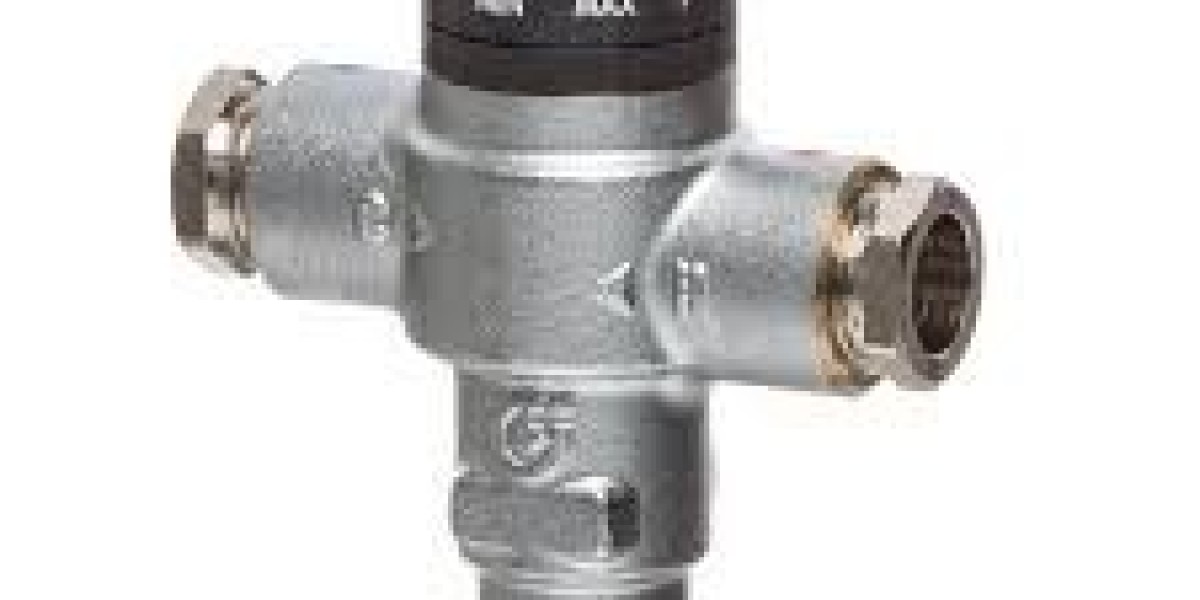OEM valves, or Original Equipment Manufacturer valves, are typically designed and manufactured to be compatible with specific piping systems and applications. The compatibility of OEM valves with different piping depends on several factors, including the valve's design, size, materials of construction, connection types, and industry standards. In this article, we will explore the considerations regarding the compatibility of OEM valves with different piping systems.
One crucial aspect of valve compatibility is the size or nominal diameter. Valves are available in various sizes, ranging from small diameters to large ones. It is essential to select a valve with a size that matches the corresponding pipe size in the system. This ensures proper flow characteristics and avoids potential flow restrictions or leaks. Manufacturers provide valves in different sizes to accommodate a wide range of piping systems.
The connection type is another significant factor in valve compatibility. OEM valves are available with different connection options, such as flanged, threaded, welded, or grooved connections. The compatibility of a valve with a particular piping system depends on the connection type used in that system. For example, if a piping system has flanged connections, the valve should have a matching flanged connection for easy installation and compatibility.
The materials of construction of OEM valves are critical for compatibility with different piping systems. Valves are manufactured using various materials, including metals like stainless steel, carbon steel, and brass, as well as non-metallic materials like PVC, CPVC, and PTFE. The choice of material depends on factors such as the fluid being transported, temperature, pressure, and corrosiveness of the environment. It is essential to select a valve with compatible materials that can withstand the specific conditions of the piping system.
Industry standards and codes also play a crucial role in valve compatibility. There are specific standards and codes established by organizations such as the American Society of Mechanical Engineers (ASME), International Organization for Standardization (ISO), and American Petroleum Institute (API) that provide guidelines for valve design, construction, and testing. OEM valves that comply with these standards are more likely to be compatible with different piping systems, as they adhere to recognized industry practices and requirements.
Furthermore, OEM valves often undergo testing and certification processes to ensure their performance and reliability. These tests evaluate factors such as pressure resistance, leakage, and durability. Valves that have been tested and certified by reputable organizations are more likely to be compatible with different piping systems, as they have demonstrated their ability to meet specific performance criteria.
While OEM valves are generally designed to be compatible with different piping systems, it is essential to consider the specific requirements of the application and consult the manufacturer or a knowledgeable engineer. Factors such as the fluid characteristics, operating conditions, and system design should be taken into account to ensure proper valve selection and compatibility.
In summary, the compatibility of OEM valves with different piping systems depends on factors such as size, connection type, materials of construction, adherence to industry standards, and certification. It is crucial to consider these factors and consult with experts to select valves that are compatible with the specific requirements of the piping system. This ensures proper functionality, reliability, and safety in industrial applications.



